Nowadays, most of us get health conscious. right ? We always try to be physically active and eat healthy most of the time. But in 2024 where varieties are endless, somehow it get hard to know about what really works. So in today’s topic we are going to discuss about an amazing food which have so many nutritional values. So from title it’s clear right that we are going to discuss about “millets”. Do you know about millets? types of millets and its benefits and so on?
If your answer is no! Then keep reading the below content. In today’s topic we are going to cover almost everything regarding millets. So let’s move on our topic without wasting much time.
Types of millets and their benefits
What are millets?
Millets are small seeded grasses that are cultivated as cereal crop. In some regions people use it as a staple food.
Do you know? our india is the largest producer of millets in the world. Before green revolution , use of millets was very common in india. But gradually people started shifting on wheat and rice.
Millets are great source of minerals, fibers, vitamins, protein thus hold many nutritional values and called as “nutri-cereals”. As they need less water and fertilizer to grow therefore they are also great for our environment.
Different types of millets available in india
There are nine types of millets which grows in India. Millets are divided into two categories : major millets and minor millets depending on their area of production. below we are mentioning various types of millets and their benefits with images. keep reading for know more
Major millets
- Sorghum millets (jowar)
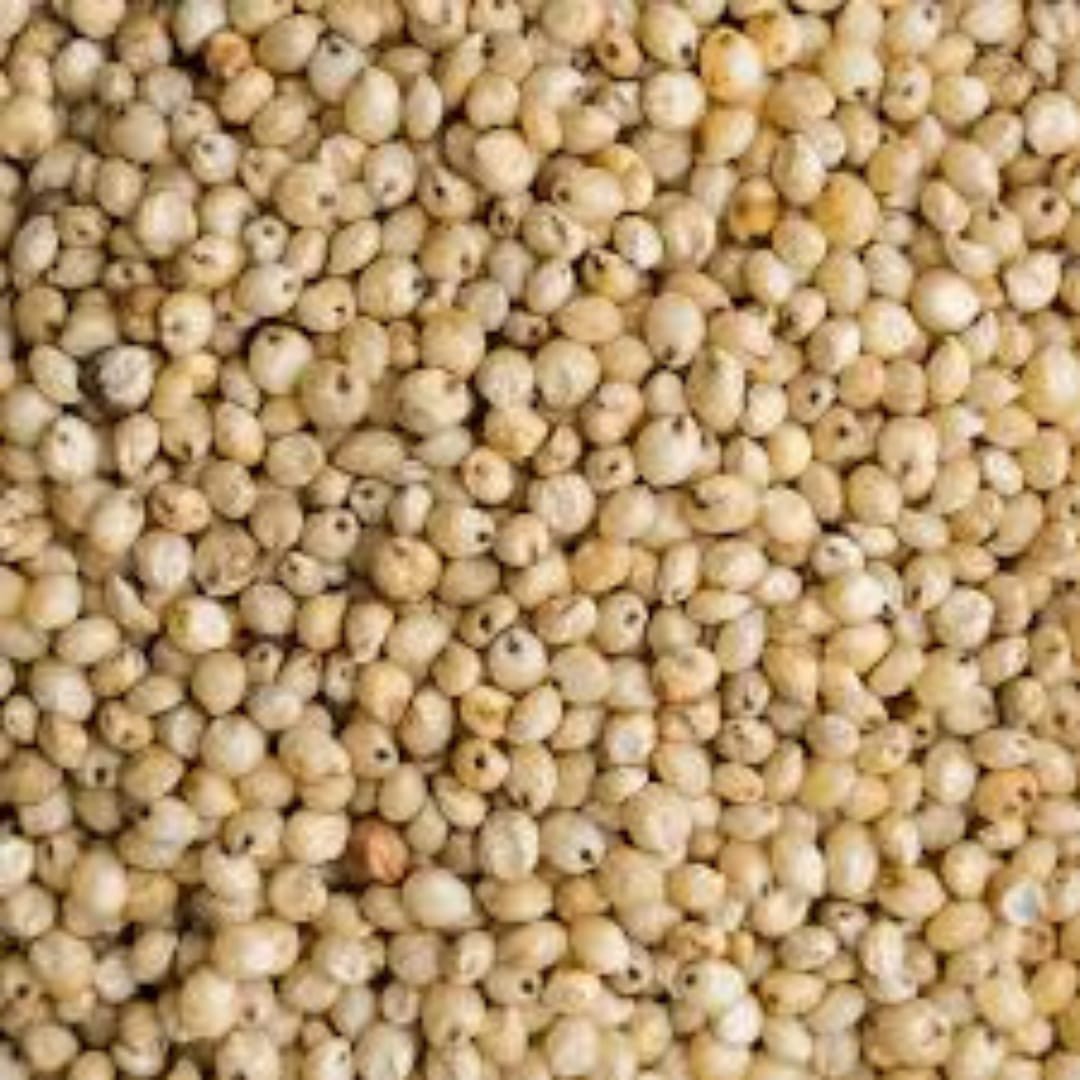
Have you ever seen or heard about jowar? Yes, Sorghum refers to that jowar. Some people consume this and others use these as feed to their animals.
Its a gluten free millet full of fiber, protein, vitamins, and minerals. By adding jowar to our diet we can get rid from indigestion.
- Pearl Millet (Bajra):
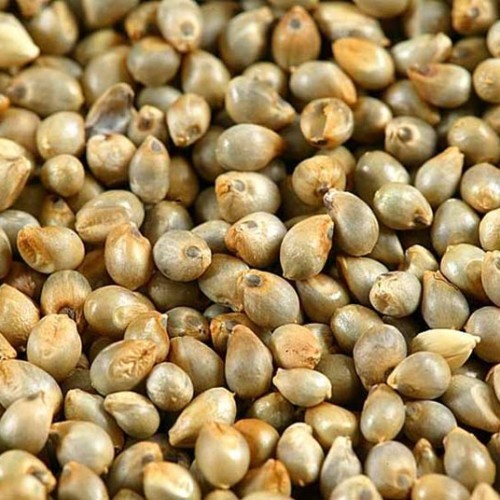
Pearl millet grows in India and Africa. It often called “bajra” in Hindi and comes in different shades like yellow, brown, white, and gray.
Bajra is too good for our digestion. This can help in controlling cholesterol levels and diabetes.
Minor millets
- Foxtail millets
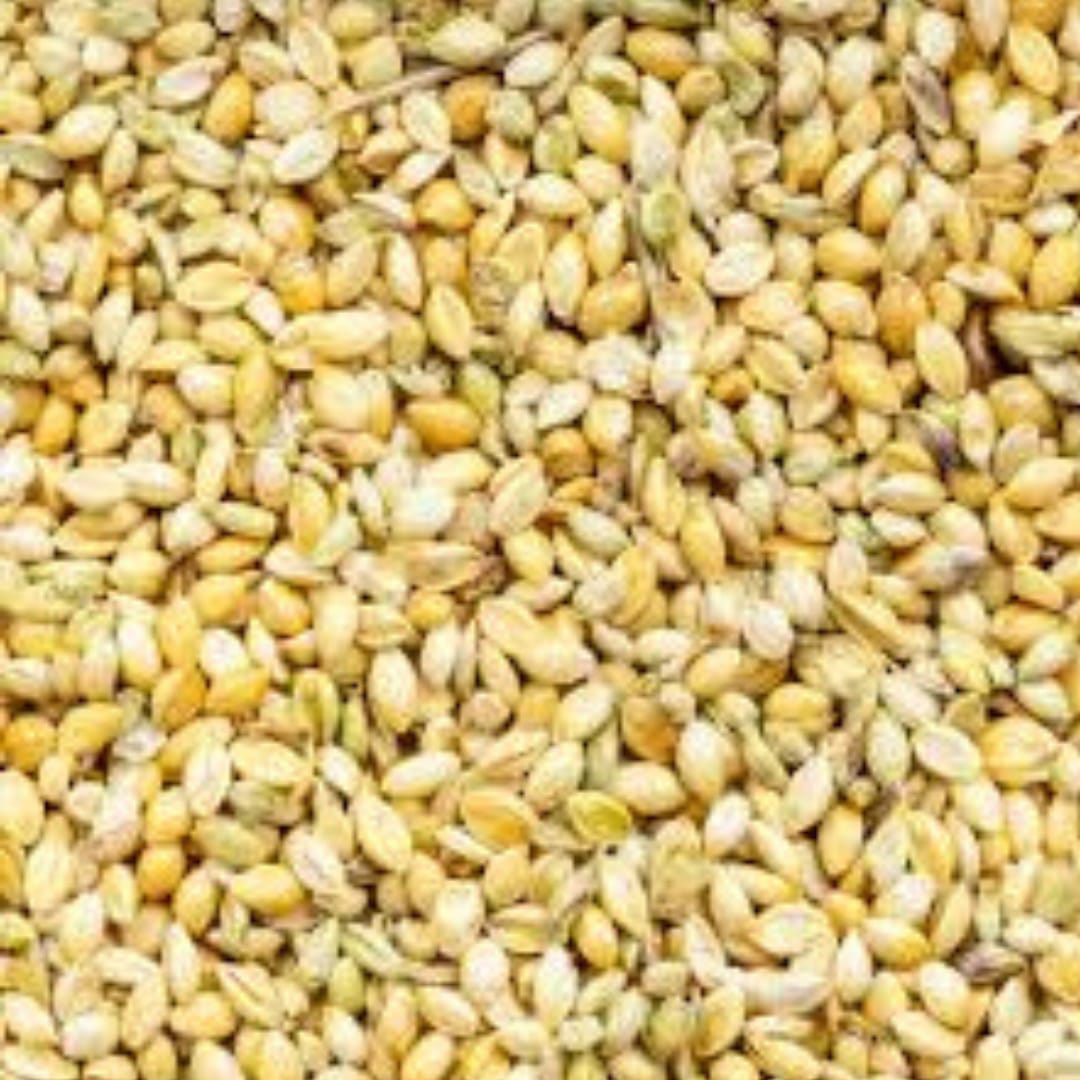
In Hindi language we call foxtail millets as either kangni or kakum. Foxtail is one of the commonly grown millet species of Asia.
It helps us in managing weight, controlling blood sugar and promote the production of red blood cells in our body.
- Little millets (kutki, shavam)
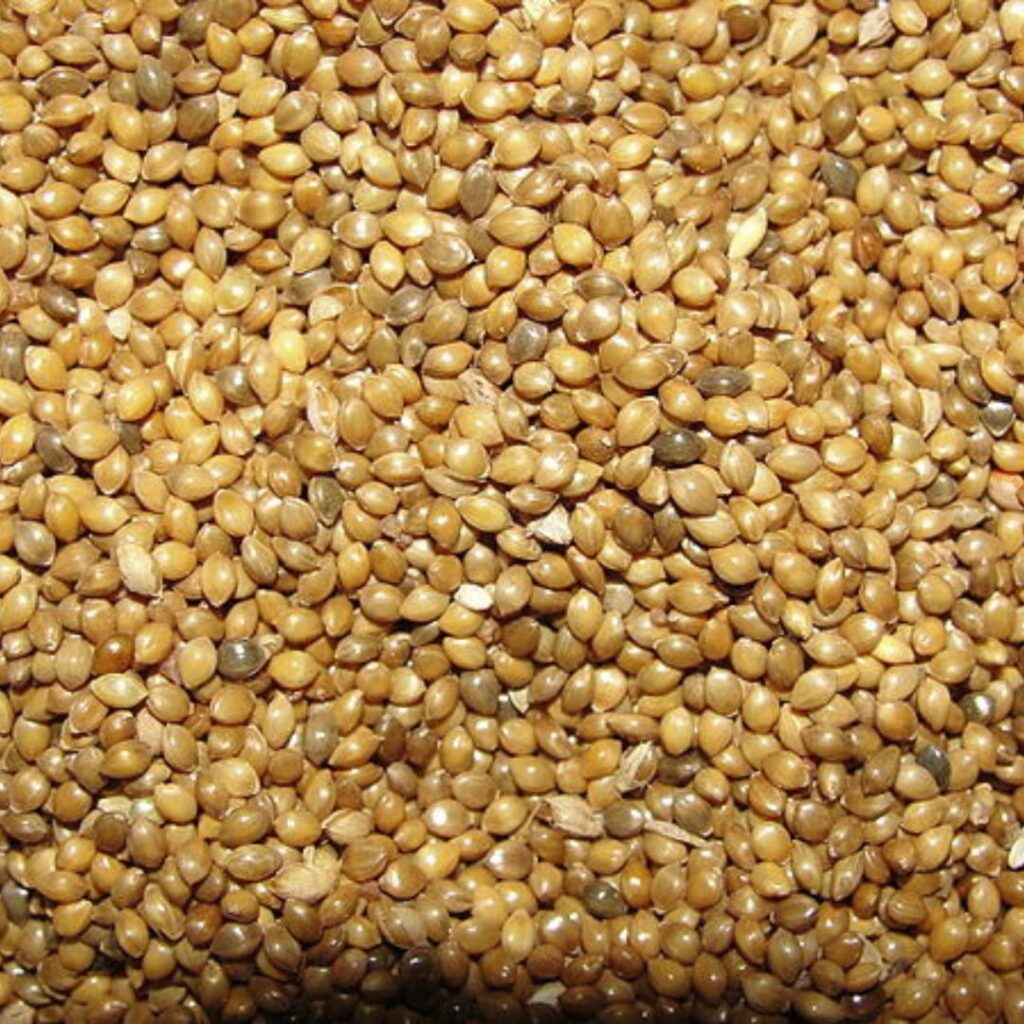
In local languages we call this “Chhota bajra” too. In India 2 types of little millets grow . The one who grow in northern part is generally called as kutki and other which grows in southern part may called shavam .
Those who are trying to control their blood sugar, want to improve digestive health, heart health and prevent obesity then this millet is best for you.
- Barnyard millets (sanwa, jhangora)
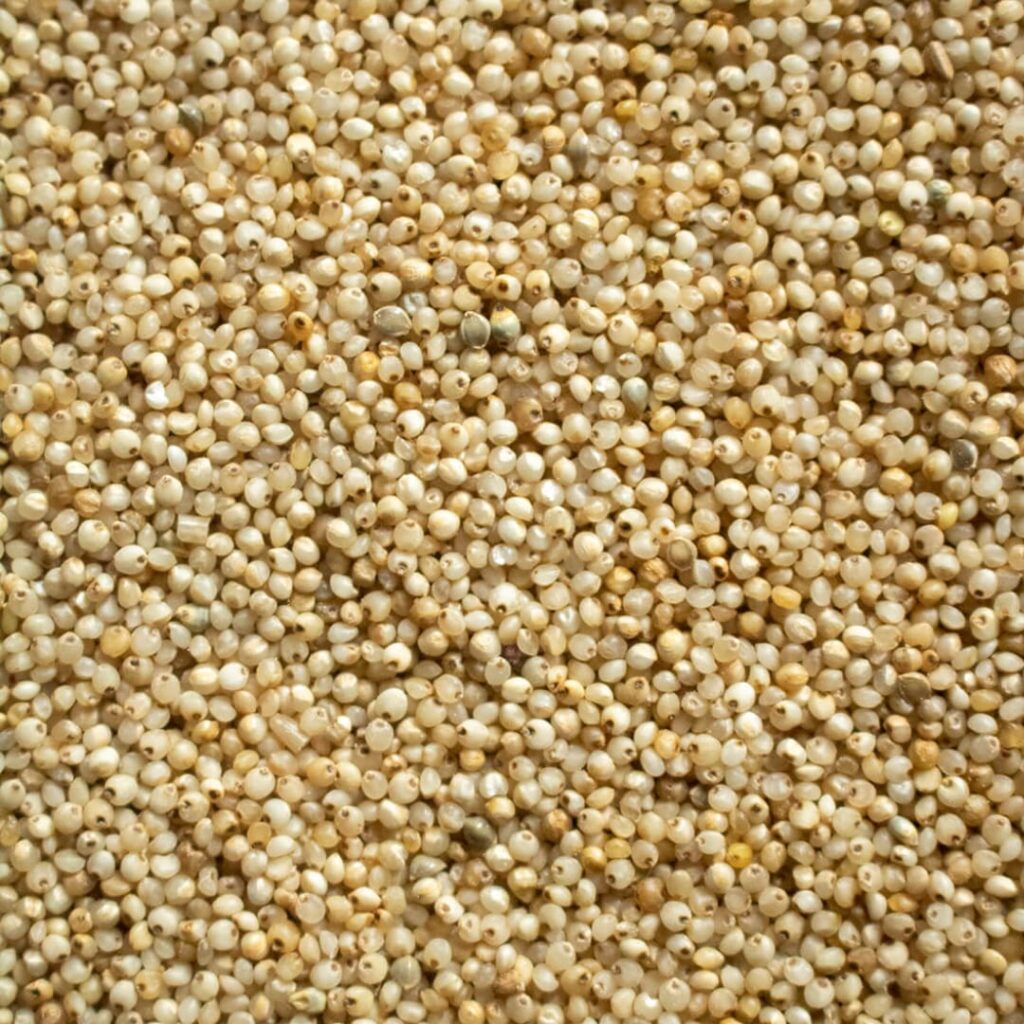
In Hindi language we call barnyard millets as sanwa or jhangora . These are famous for their nutrition value .
These are great source of fiber, protein, vitamins, and minerals. We can add this in our diet in form of chapatti, pulao or soups.
These keep your heart healthy and also help in controlling the blood sugar.
- Finger millet (Mandua, Nachani)
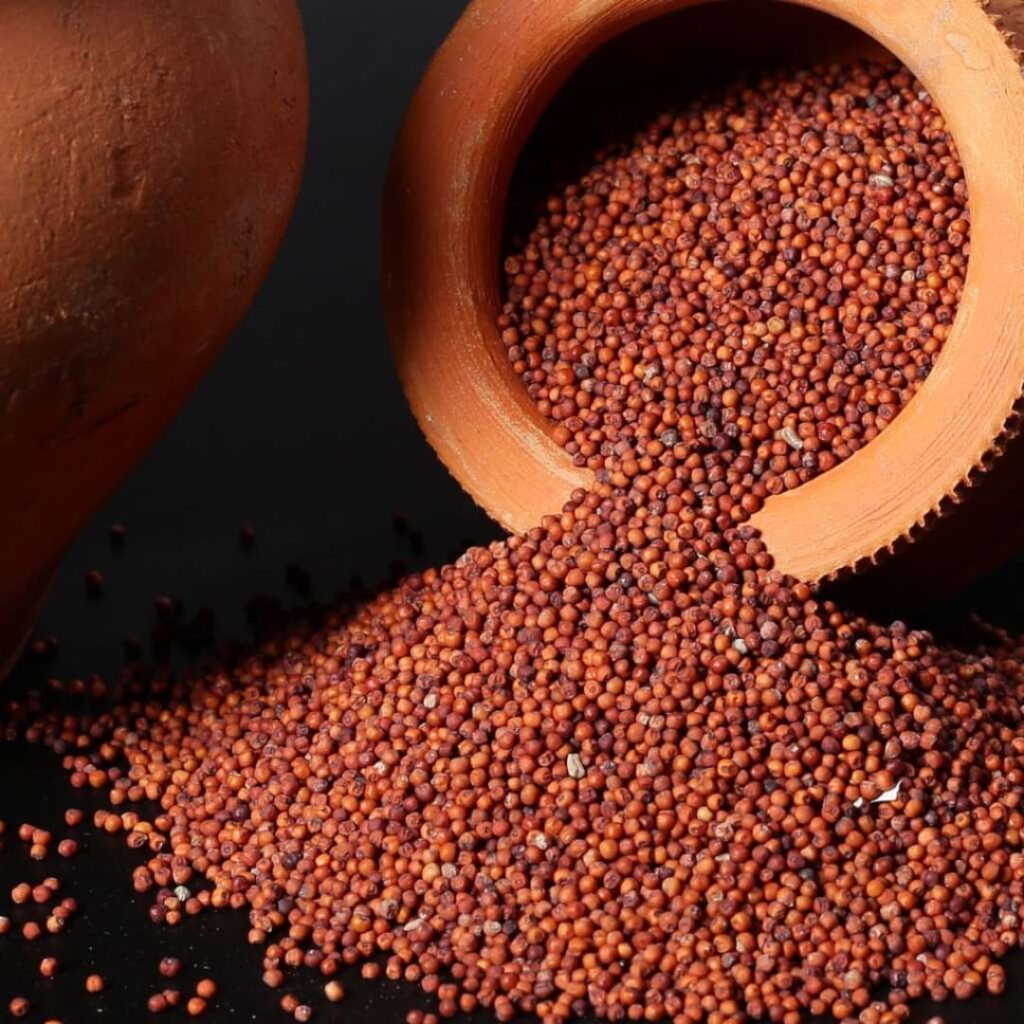
Many of us have may be heard about Ragi, especially if you are from South India, because finger millet are used to make laddu, pakoras, and even biscuits there for adding ragi in their diet
It is a good source of calcium, iron, and fiber. This can strengthen our bones, improve our digestion, and help in preventing anemia. It’s anti-inflammatory properties help in reducing cholesterol levels in our body.
- Kodo millets (kodra, koden)
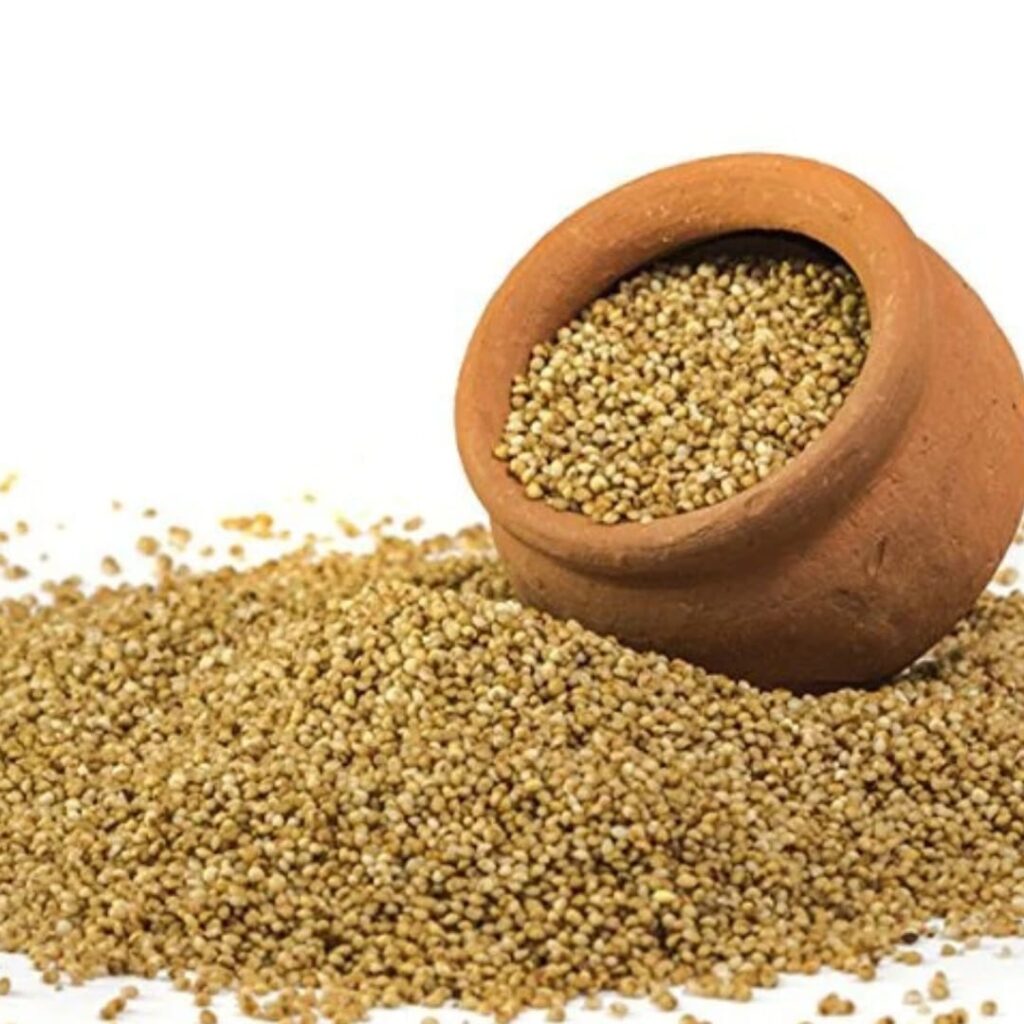
in land of West Africa, India, Nepal, Vietnam, and Indonesia, Kodo millets mainly grow. Some people also call these Kodo, kodra, koden, arke, koda in different places according to their regional language.
Kodo millets are a package of fiber, minerals, calcium, and protein. They help in controlling stress and blood sugar, improve our gut health.
These act as a great alternative to rice and wheat for people who are gluten-sensitive or we can say those who have allergy from gluten. They can consume this gluten free nature gift without having any second thought.
- Proso millets (barri, chena)
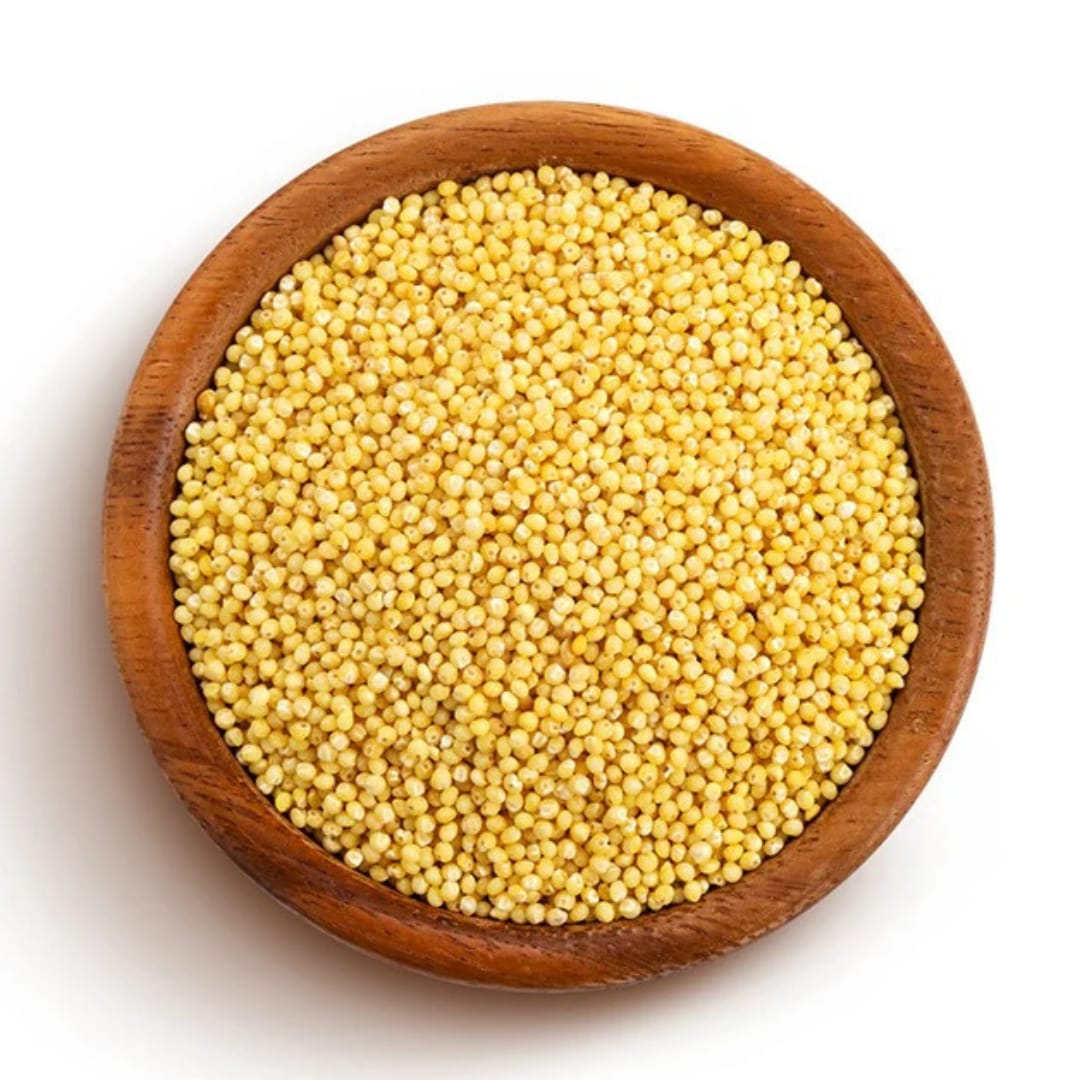
Proso millets, the most popular type of millet. these mainly grow in Madhya Pradesh, Uttar Pradesh, Punjab, and Haryana.
They control blood sugar levels and help our nervous system for function properly.
As they are low in carbohydrates, so many of us may often use these as bird food all over the world.
- Browntop millets (hari kangni)
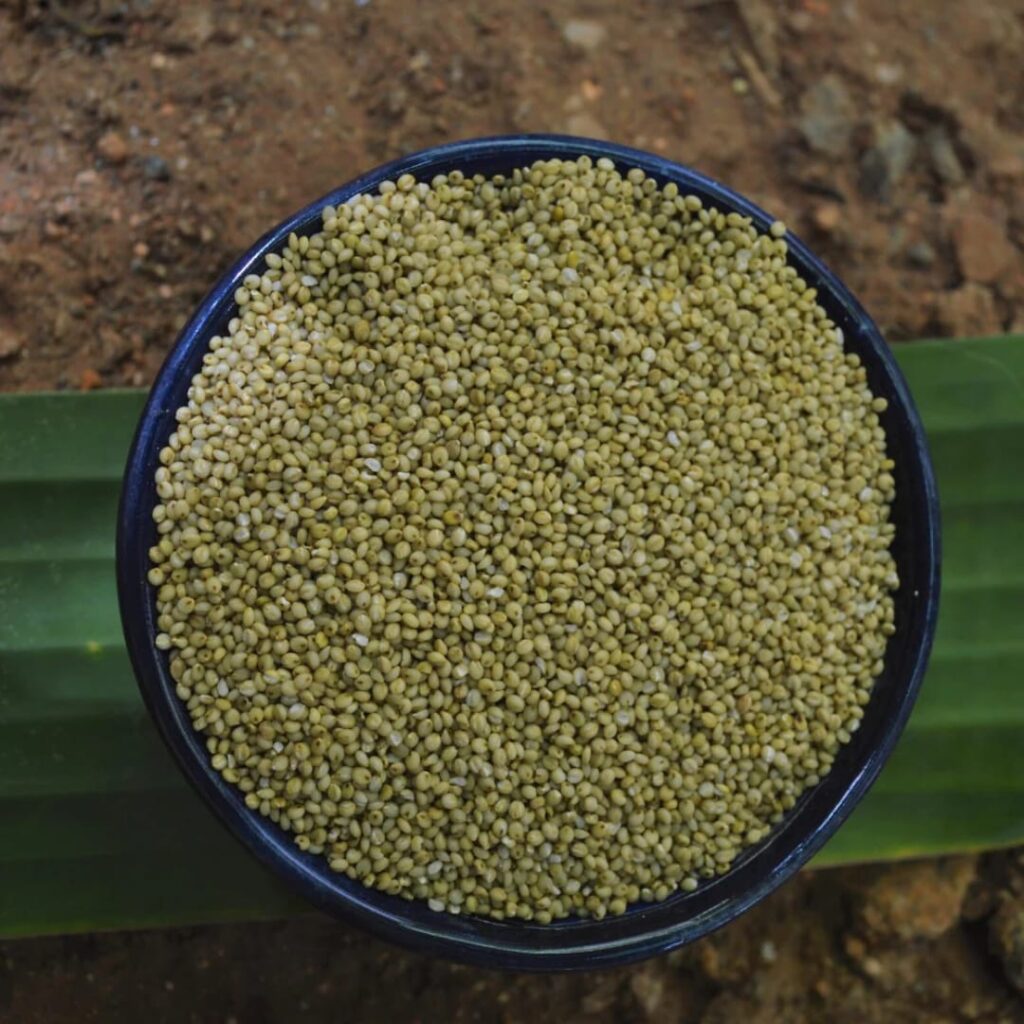
In India, Karnataka and Andhra Pradesh are main cultivator of Browntop millets. In Hindi language, we often call them as hari kangni.
They can improve our digestive health and control diabetes. also relax our nervous system for smooth functioning and are good for people suffering with asthma. They also improve the function of our liver and kidneys.
Why are Millets Better Than Wheat and Rice?
we are mentioning a table below which shows accurate value of nutrients and fiber present in different types of millets. give a look to it.

- Contain More Fiber
Millets have more fiber than wheat or rice, which helps our body to digest food properly. They’re also good for diabetic patients because they help in controlling the blood sugar level in our body.
- Contain More Protein
these are also a good source of protein, which helps in building muscles.
- Contain More Iron
they usually have more iron in comparison with wheat and rice, this helps in keeping our immune system healthy and can prevent anemia, especially in children and women.
- Contain Folate
Millets also contain folate, which helps in improving the blood circulation in our body.
Millets are Good for us and our Environment
from above mentioned details now you have enough knowledge regarding how these different types of millets are beneficial for our health but do you now these are so beneficial for our environment too. Dr. Khader Vali, a Mysore based independent scientist and alumnus of Indian institute of science, Bangalore, has done deep research on millets. He says that they’re not only good for us but also good for the soil, which keeps both humans and the environment healthy.
According to dr. Vali, we can grow millets even on dry land . All we need is 20 cm of rainfall to grow them, this helps in solving the problem of drought that affects many farms.
To grow 1 kg of millets, we only need 200 liters of water, but for growing wheat or rice we need near about 9000 liter water .
If you want to learn more about millets, you can check out Dr. Vali’s eBook “Shiridhanyalu Food That Heals”.
Common Health Benefits of Eating Millets
with below table you can get detailed information regarding about how much nutritional value will different types of millets contain .

- Millets are powerhouse of nutrients. They’re a great source of fiber, protein, magnesium, phosphorus, iron, vitamin B, and vitamin E which can help us in our overall well being.
- Millets are naturally gluten-free, which make them a perfect alternative for people who are gluten-sensitive or allergic. they can add millets in their diet for get proper nutrition value .
- Millets have a low glycemic index which means that they absorbed slowly by the body, which is good for people having high blood sugar and this can also help in reducing the risk of type 2 diabetes.
- Millets can be cooked or consumed in so many ways in our daily routine. we can make porridge, baked goods, salads, and more with millets. we can even use millet flour for gluten-free baking.
- As Millets are a great source of fiber, so they prevent indigestion and keeps our digestive system working properly. They don’t cause constipation and help in maintaining a healthy digestive system.
- They are rich in fiber, which can lower the cholesterol level in our body and keep blood pressure in check. The antioxidants in millets can also help reduce stress and inflammation, which is good for your heart that’s why Millets are well known for a healthy heart life.
- Millets can help you manage your weight. They are high in fiber, which helps us in feel full for longer, so that we may eat less and keep our calories in control for weight management.
I hope this blog post has helped you to get proper information about different types of millets and their benefits and inspired you to try them out! then Stay tuned for more posts likes these. soon we are coming with in depth information of each millets. we want to ensure a healthy strengthwall family.